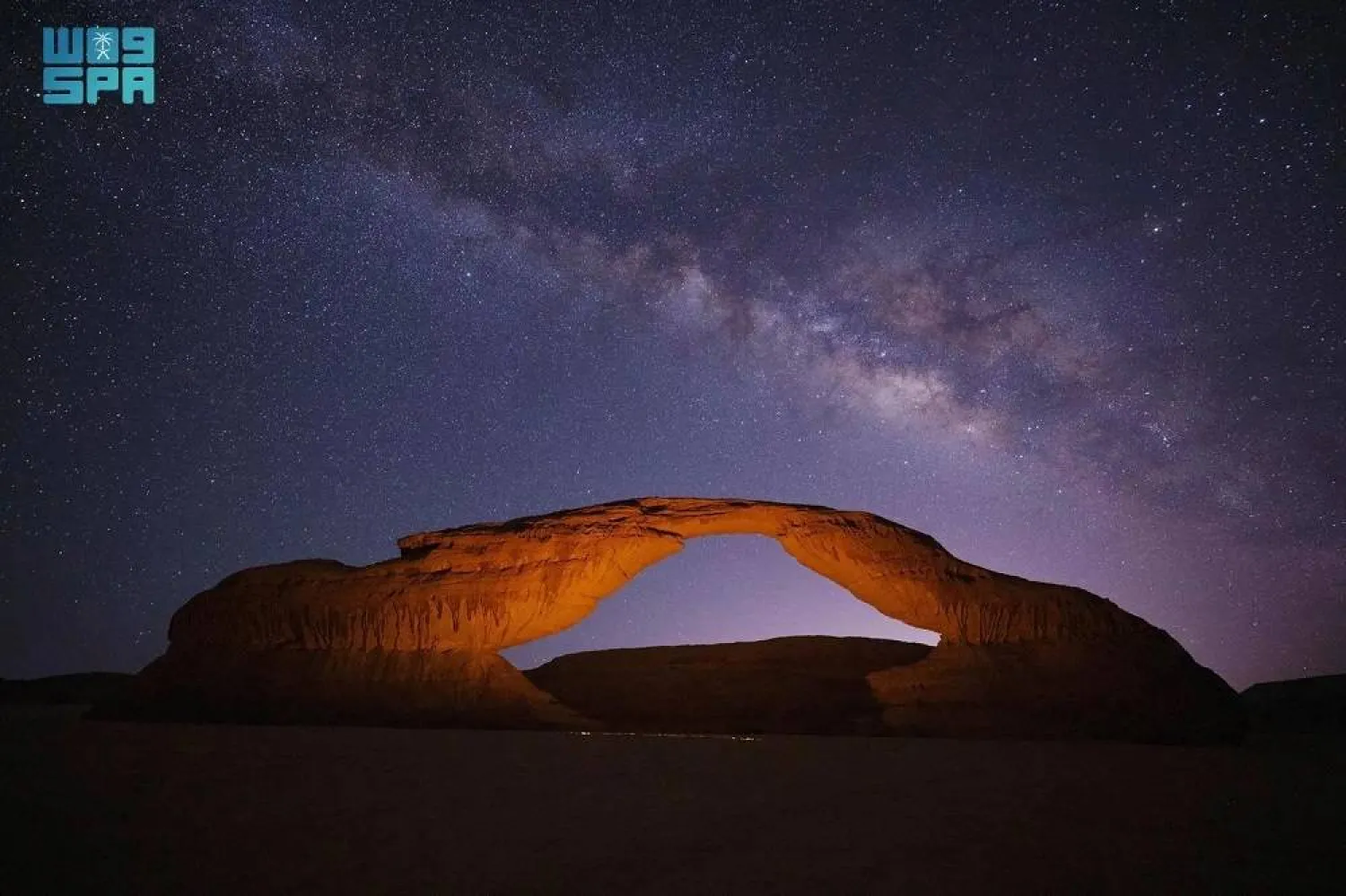The study of the brain of extinct organisms and speies sheds light on their behaviors. However, soft tissues, like the brain, are not usually preserved for long periods. Hence, researchers reconstruct the brains of dinosaurs by analyzing the cranial cavities under computed tomography. It demands well-preserved braincases (the upper back part of the skull), only discovered in 2015. In that year, a Brazilian paleontologist from the Universidade Federal de Santa Maria, Dr. Rodrigo Temp Müller unearthed an exceptionally well-preserved skeleton from a fossiliferous locality in southern Brazil.
The skeleton, approximately 233 million years old (Triassic period), belongs to a small carnivorous dinosaur named Buriolestes schultzi. Its well preserved entire braincase helped researchers reconstruct the first complete brain of one of the oldest dinosaurs worldwide- whose size was similar to a hunting dog. The study was published in in the latest issue of the Journal Nature of Anatomy.
According to a report published on the university's website, the brain of Buriolestes schultzi is relatively small and weighs approximately 1.5 grams, which is slightly lighter than a pea. The shape resembles the general morphology of a crocodile brain. In addition, the researchers found well-developed structures in the cerebellum that indicate the capability to track moving prey. Conversely, the olfactory sense was not high; therefore, it is more likely that dinosaur hunted and tracked prey based on optical capability rather than its olfactory sense.
Despite the carnivorous feeding behavior of this dinosaur, it belongs to the lineage of giant, long-necked, herbivorous sauropods, the largest land animals that ever lived. However, Buriolestes schultzi is considered the earliest member of this lineage. So, the new brain reconstruction allows researchers to analyze the brain evolution of this impressive lineage.







